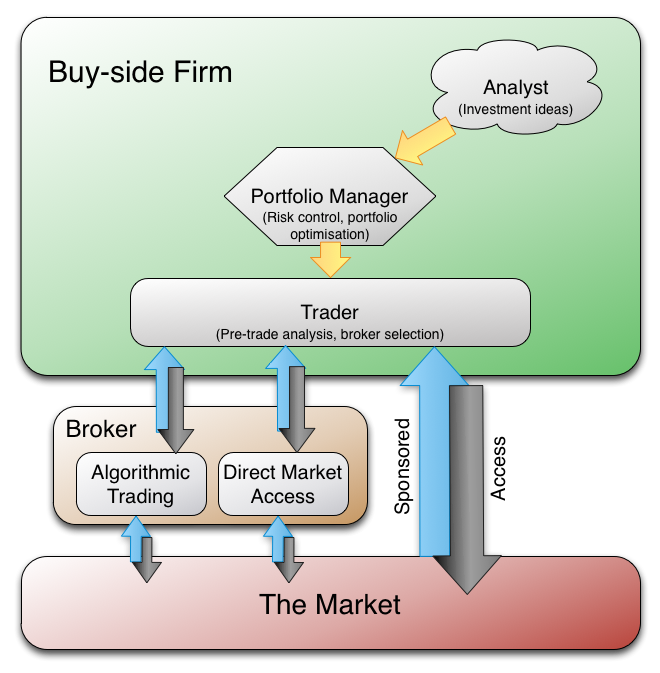How High Frequency Trading Impacts Investors
Post on: 16 Март, 2015 No Comment

NEW YORK (MainStreet ) — As technology infiltrates equities markets, some investors are proving to be more adept than others at using this technology to their financial advantage.
This technology largely surrounds high frequency trading, where complex algorithmic equations are used to analyze market data and make large stock trades. The algorithms find arbitrage opportunities that are sometimes only available for a fraction of a second.
For the past year, several government agencies, including the Federal Bureau of Investigation, the Securities and Exchange Commission and the Justice Department have been looking into whether some components of high frequency trading could be considered insider trading.
While high frequency trading is a nebulous term, it does include parts that some may perceive as providing an unfair advantage to select investors. This can include placing large quantities of trades and then canceling the order with the goal of moving the markets, paying for faster access to market moving information or trying to intervene in large stock trades for a profit.
In addition to the major exchanges, such as the New York Stock Exchange and NASDAQ, high frequency traders flock toward dozens of other independent exchanges, known as dark pools, which are less transparent.
For high frequency traders, they’ll aim to identify that a hedge fund, for example, is about to make a large trade, say 1 million shares of a stock at $45 per share, says Jeff Raupp, CFA and senior investment manager at Brinker Capital, a $16 billion investment manager. The high frequency traders will try to purchase those shares from another exchange faster, absorb the liquidity at that price and than resell those shares, or parts of it, to the hedge fund for a slightly higher price, say $45.01.
While this profit may seem negligible, this practice occurs over enormous quantities of trades.
High frequency traders typically don’t target the retail investors placing a few thousand dollars worth of trades, since the bulk of the profits are embedded in trades of a much larger magnitude.
I think high frequency trading is evolving and when not checked can cause some dislocations in the market, but it’s not a reason for retail investors to avoid the markets, Raupp adds.
Those dislocations include the flash crash of May 6, 2010, where high frequency traders put immense pressure on the markets, causing shares of Apple (AAPL) to rise to $100,000 per share in a matter of minutes.
While Raupp thinks parts of high frequency trading needs to be reformed in order to make the markets fair, he thinks high frequency trading has made markets more efficient.
When making a trade, market makers who bridge buyers and sellers, pocket the bid-ask spread, which Raupp says typically was six cents per trade. Years later, as technology and high frequency traders cut market makers out of the equation, those costs have dropped to roughly one penny.
I think the market is in a better place than it was ten or fifteen years ago in terms of a lower cost of trading, which benefits retail investors, he says.
- Written by Scott Gamm for MainStreet. Gamm is author of MORE MONEY, PLEASE .














